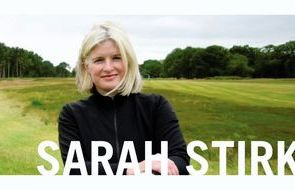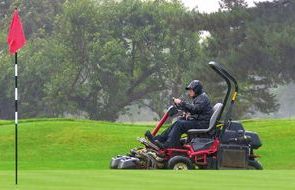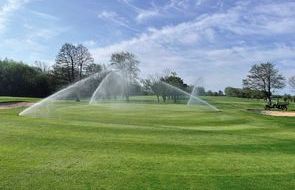- Homepage
- News and Features
- Belfry's Brabazon greens: Ryder Cup perfection, year-round
Belfry's Brabazon greens: Ryder Cup perfection, year-round
When golfers pitch up at The Belfry they expect the Ryder Cup recreated before their eyes and especially on the greens. How are those conditions provided all year round? Brabazon Course Manager Jamie Wade lets us in on the secrets.
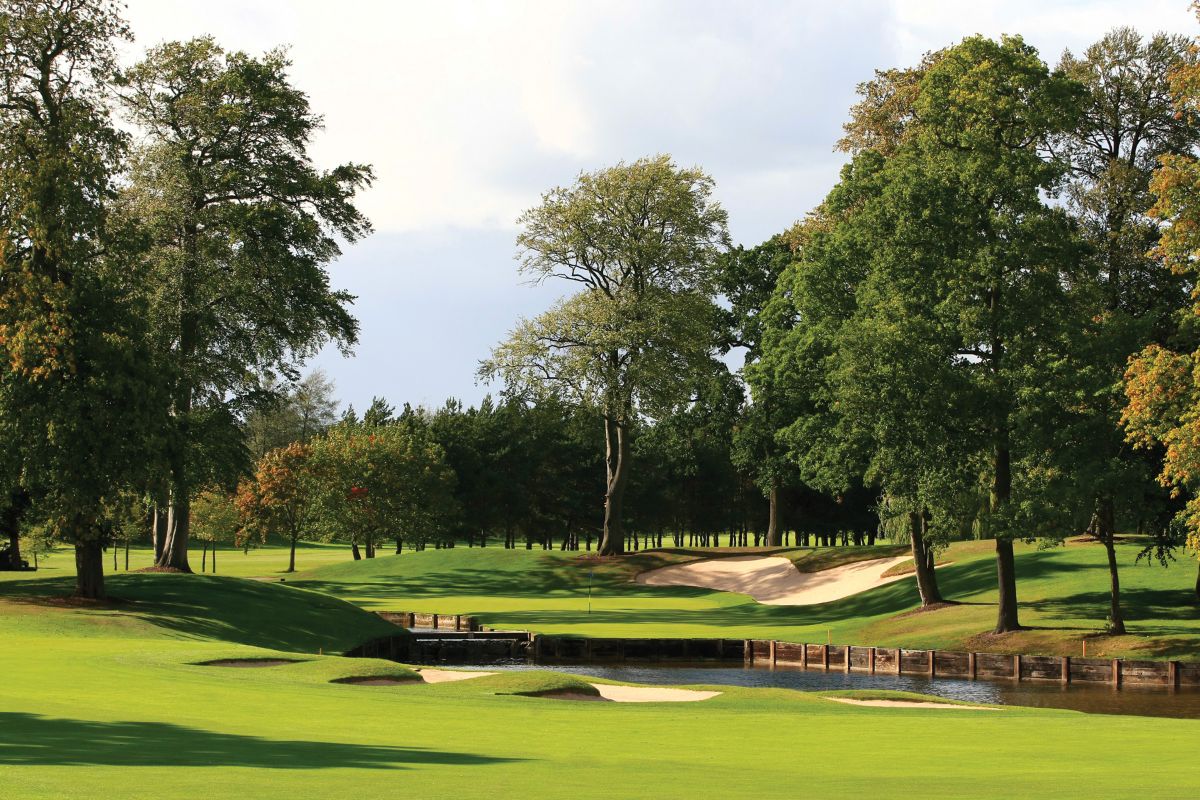
There are moments seared in the memory of any golfer who loves history. Sam Torrance’s wide arms and toothy green after ending 27 years of hurt. Christy O’Connor’s 2-iron. Seve driving the 10th.
You can’t separate The Belfry and iconic from the same sentence, nor the Brabazon course that has played host to so many pivotal moments in European golf. Four Ryder Cups, 20 other elite professional tournaments and a roll call of winners, from Ballesteros to Bland, Olazabal and Norman, to Stenson and Westwood. If you’re somebody, you’ve done something on the ‘Brab’.
That kind of legacy makes you very popular. It’s busy all year round at the Warwickshire venue, which also comprises The Derby and PGA National courses.

It’s the Brabazon, though, that hooks people in, luring them with the promise of retracing the footsteps of so many golfing greats. That brings pressure. Not just to the infrastructure, which is why The Belfry is going through an £80 million redevelopment, but also on fairways and greens. Golfers want their nostalgia fix, and they demand the conditions to match. Whether it’s January or July, they are an expectant bunch.
“It might be their one-and-only time to play The Belfry, so, as with any of the courses we’ve got, we have to make sure their experience is the best it can be,” said Jamie Wade, course manager for all three of The Belfry’s layouts. We can’t have a day where the greens aren’t presented. We can’t impact on their experience.”
The Belfry and the Brabazon are buried deep in Wade’s soul. Brought up a short pitch away, a six-month contract turned into a six-year stay. A stint in Australia and New Zealand gaining greenkeeping experience followed, via a spell learning about golf course construction with MJ Abbott, before director of golf courses and estates Angus Macleod asked him to come home. Wade returned as a senior greenkeeper and rose through the ranks. He’s overseen the three courses for eight years.
“I still pinch myself every day when I go out there, because it’s got so much history,” he said. “I’m overseeing this team and trying to deliver the standard that’s always been set.”
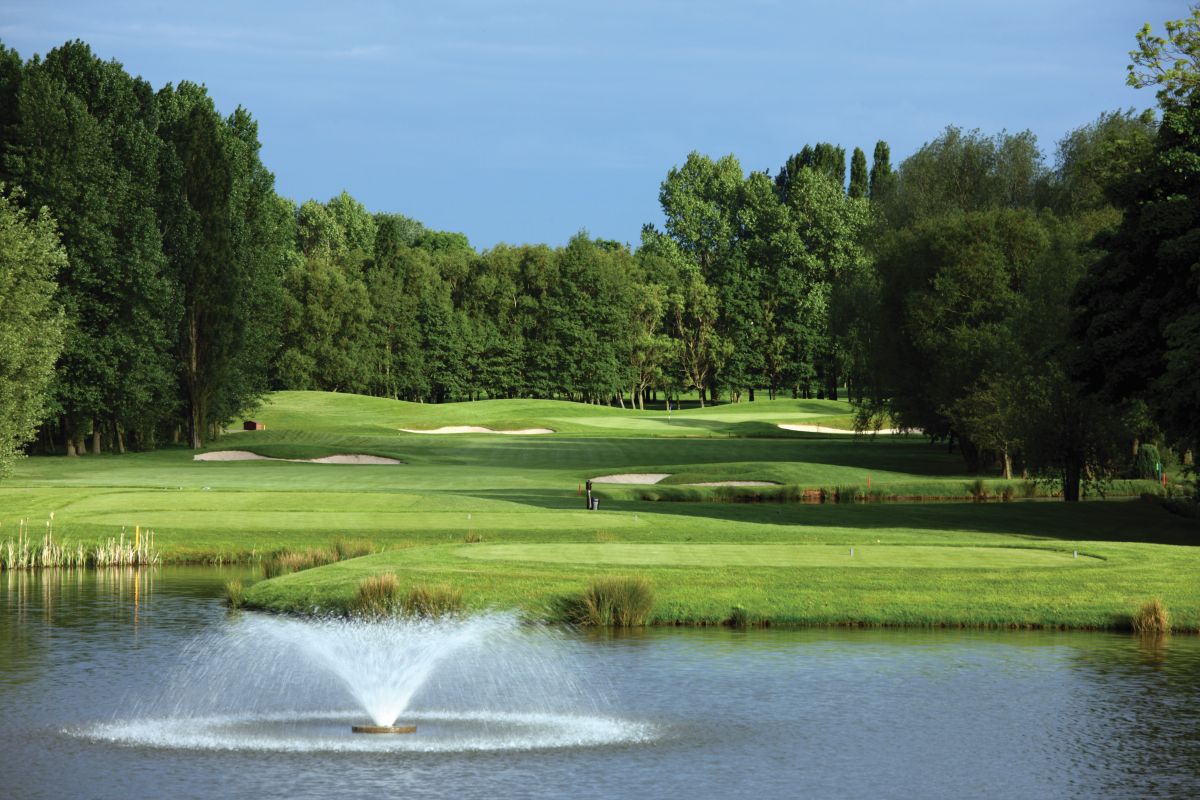
Wade leads a team of 43 across the three courses - the average 18-hole course has six greenkeepers. They are a busy bunch. All greens are hand mown. You will never see a mat or a temporary green at The Belfry, no matter how bad the weather gets. However, this is only possible due to the staffing levels and resource availability.
You can expect smooth surfaces no matter what month it is. That’s not purely a reflection on demanding customers. These are demands the team set themselves when producing putting surfaces.
“The greens are pushed to their limits,” Wade said of the Brabazon’s programme. “We’re on the greens every single day – collecting data, checking the clipping. We can’t just do that on a Monday and leave them for the rest of the week. It’s constant and it’s ever evolving. In the summer, we cut every day and roll – just to get that consistent speed. We’ve got over 200 golfers a day going through our greens on the Brabazon. That’s a lot of foot traffic to do nothing. We like to roll them out every day.”
Wade employs a uniform height of cut. It’s 3mm in the summer, rising to 4mm in the winter. “It’s reasonably straightforward in the summer,” he said. “But in the winter it can be challenging. Take this last one, we’ve had just about every type of weather. We had 10 days of frozen conditions where we couldn’t get on the greens. We’re not achieving everything we want.”
How quick do you think the greens are? We all think we’ve got a knack for guessing speed. If you’ve played the course, you’ll know how fast a putt can get away from you on the Brabazon. But what do they run at? Is it 12? Or 13? You’re way off.
“We always aim for around 10 to 10.5. We’ve got to think of pace of play. The Brabazon and The Belfry are known for quick greens and that’s what we do for the British Masters,” Wade said. “But we just wouldn’t get our volume of golf through if we put them at 11.5 because the standard of golf really varies. We could have really good golfers and people that have just started. The greens are tricky anyway. If we put them at 11.5 it would slow everybody down.”
10.5 is still Open speeds for those of you looking for a reference point. It remains a miracle of agronomy they can largely manage that all year round – even in the winter when it is cold and grass isn’t growing.
“In the summer we do moisture readings. We check with a Stimpmeter. We’ve also got firmness readings, so there is a lot of different data we can collect daily. We don’t necessarily measure clip volume, but we always say to the team – ‘what are you taking off the greens today?’ – so we can make a better decision the next day. It’s about getting the right fertiliser amounts and the right water amounts. It’s not a case that we’re just applying irrigation on the green because it looks dry,” he said.
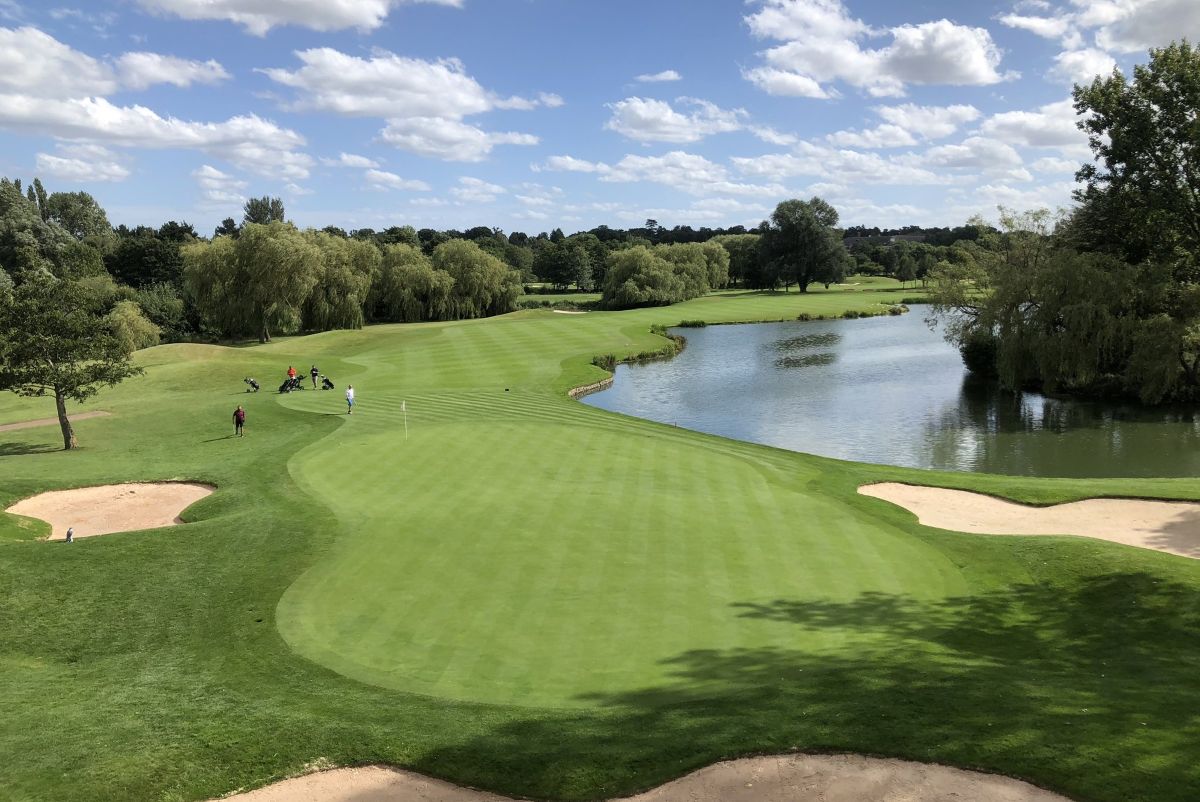
Grass is supposed to grow. It’s meant to soar into the sky. Cutting it, and doing that constantly, stresses and strains it. Imagine having a severe hair cut every day. You might soon come out in a rash. For course managers, the equivalent threat is turf disease. Microdochium patch, dollar spot, anthracnose: the big three can cause havoc.
A parkland layout, with trees shading greens, leaves that love to fall and dew that can envelop a surface, combined with warm and wet conditions, creates ideal conditions for pathogens to take root. Keeping them at bay is a labour-intensive exercise, Wade explained.
“There are not a lot of chemicals we can use in terms of fighting diseases, so we must make sure our fertiliser programmes are right. We top dress weekly, light but often,” he said. “We do a lot of micro-tining. It’s minimal, and we can get some air into the surface. We can roll and we always try and time it with the weather.
“The Brabazon, especially, has very high disease pressure. It’s obviously a very tree-lined parkland with heavy soil. Dollar spot and anthracnose pretty much arrive around the time we have the tournaments. We had it last year and we’re already focussing on it for August – how we’re going to combat that disease – because we don’t necessarily have the tools to eradicate it.
“There are things we can do with top dressing and aerifying. We send a team out straight away, getting the dew off the greens instantly, just to dry the plant out and not let anything form overnight. As you can imagine, when we start on the 1st, we’ve got five hours before we get to the last green and it’s still in dew the whole time. It’s about good cultural practices. We also send a team out on the back nine to remove the dew and not allow it to sit on the greens.
“Sometimes we’ve had to go back out in the middle of the day and wipe more dew off the greens because it has fallen back down.”

What Wade and his team manage is a triumph of science working alongside nature, an admirable feat of being able to lean on conditions and bend them to suit – even when they patently don’t. But, as he says, while technology is advancing all the time, the tools at the disposal of our greenkeepers are getting fewer. Golf expectation continues to grow.
At The Belfry, where that expectation is almost encouraged, that brings challenges. Wade doesn’t shrink from those. “You know, that’s why I have been there so long,” he said. “I’m so passionate about The Belfry and the history of it – maintaining it, keeping improving it and pushing it forwards.”
The results are there for everyone to see.
Author


